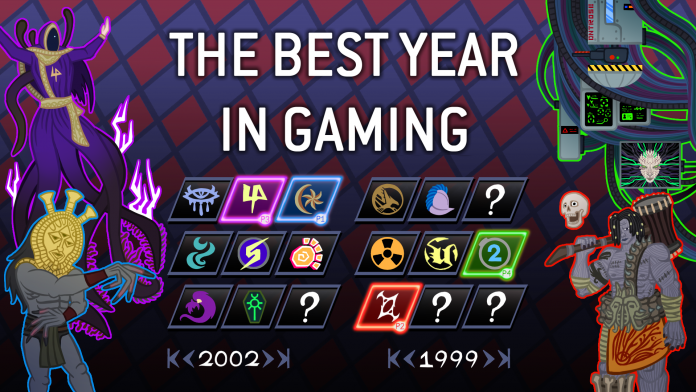Last year’s stacked lineup of games for the Game Awards had us thinking: What was the best year in gaming? As part of our series on determining gaming’s best year, we’re putting together an article on each year, charting the major releases and developments of the year, and talking about both their impact and what made them great.

The Year: 1989
1989 gives us one of the most stacked years in gaming history, regardless of any year-splitting challenges inherent in dealing with the delayed US release window for Japanese games. This is still a console-heavy story, but computers are catching up – Intel introduced the 80486 processor in 1989, ushering in the 486 family of PCs. 1989 was also the first year a computer beat a master chess player, and British scientist Tim Berners-Lee invented the world wide web during his time working at CERN. This development, coupled with the funding of Al Gore’s High Performance Computing and Communication Act, will lead to the modern internet as we know it.
Coleco Declares Bankruptcy
We’ve mentioned Coleco a few times during this series but haven’t really gone into the state of their business. Although responsible for the relatively-popular ColecoVision game console prior to the crash in ‘83, Coleco also manufactured toys and board games, including the wildly successful Cabbage Patch Kids dolls. By 1988 the company’s fortunes had shifted and its acquisitions were killing it. After filing for Chapter 11 bankruptcy late in 1988, Hasbro stepped in to purchase most of their remaining product lines in 1989, giving it the rights to Cabbage Patch Kids, Scrabble, Parcheesi, pinball machines, and toy manufacture for Dr. Seuss characters.

The Sega Genesis and Turbografx-16 Launch in the US
Although Sega was beaten to the punch by more than year in Japan by NEC and the PC Engine, they managed to turn it around and become the first 16-bit home console on the market in the US, launching the Sega Genesis in August 1989, two weeks before NEC would launch their Turbografx 16 (due in part to a complete redesign of that console). While Sega was getting its ass kicked in Japan by the PC Engine and Famicom, they were determined to win the US market They launched an aggressive marketing campaign targeting slightly older gamers in the teen demographic, focusing on their arcade library and sports titles. Like Nintendo, Sega held a tight grip on the approval process for third-party games, but they were far more open to working with partner publishers than their main competitor, and not nearly as big on censorship. This would help them secure games Nintendo would otherwise not approve and with their own first-party development would help them compete against Nintendo’s brutal licensing agreements.
The Genesis would launch with a lineup featuring Altered Beast, Space Harrier II, Alex Kidd in the Enchanted Castle, Last Battle, Thunder Force II, and Tommy Lasorda Baseball. The Turbografx-16 launched with Alien Crush, China Warrior, Dungeon Explorer, The Legendary Axe, Keith Courage in Alpha Zones, Power Golf, R-Type, Victory Run, and Vigilante. Although NEC’s platform boasted a larger selection, the titles themselves were generally not as strong as what Sega and Nintendo offered on their platforms, and the Turbografx-16 would struggle with its US lineup for the duration of its lifespan.
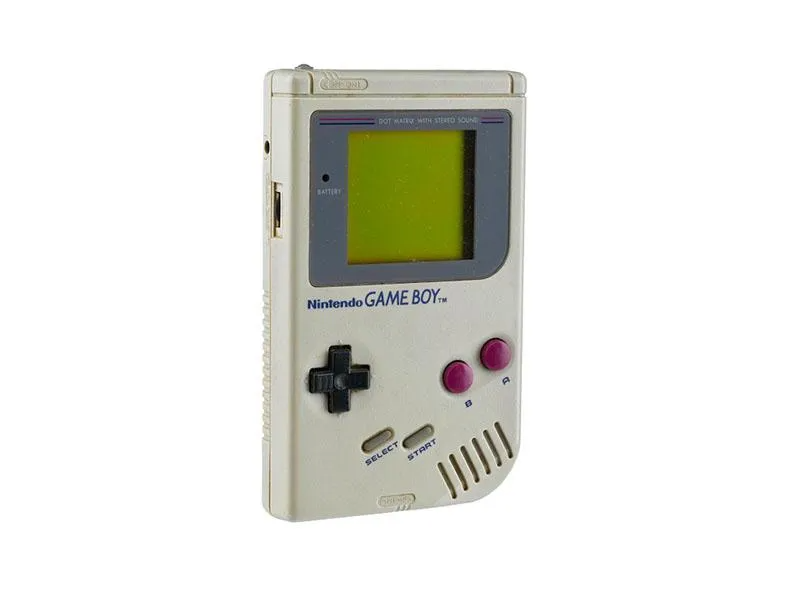
Nintendo Releases the Game Boy
Nintendo released its Game Boy handheld in Japan in April and the US in July, 1989. And don’t let that big, blocky exterior or sickly green-and-black screen with no backlight fool you: The Game Boy was a wild success, selling out its entire Japanese stock in two weeks and doing similarly well in the United States. While the Game Boy was by no means the most technically impressive handheld console of its generation, it had three things that the Game Gear/Lynx/TurboExpress did not: The first was a solid library of titles, anchored by Tetris, the most killer mobile app of all time. The second was a cheaper price tag – at only $89.99 in the US (about $230 in 2024 money), it was significantly cheaper than the competing devices that would follow. The third was a ridiculously long battery life: Turns out not backlighting your screen or having color graphics means four AA batteries can last you 15 hours of continuous play.
The Game Boy launched with six titles but the most important of these by far were Super Mario Land and Tetris.
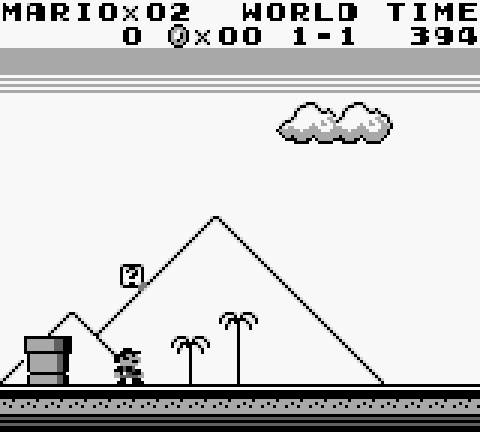
Super Mario Land
The most robust experience of the non-Tetris Game Boy launch titles, Super Mario Land looks and feels like a Mario game. Yeah, it’s a little blurry when you run and a little janky to control but it’s still a very good time and easy to pick up and put down.

Game Boy Tetris
This game, on the other hand, was the killer app the Game Boy needed. Superior in many ways to the NES version of the game, Game Boy Tetris was an absolute blast, the perfect game to throw yourself into on long car trips or waiting for a flight. The game’s action was perfectly suited to the Game Boy’s small screen and the ability to play head-to-head against another player via the link cable was an excellent bonus. Tetris is one of the all-time great games and this may have been the all-time best implementation of it, given the perfect intersection of platform, timing, and execution. If the only reason you bought a Game Boy was to have a portable Tetris box, your money would have been well spent.
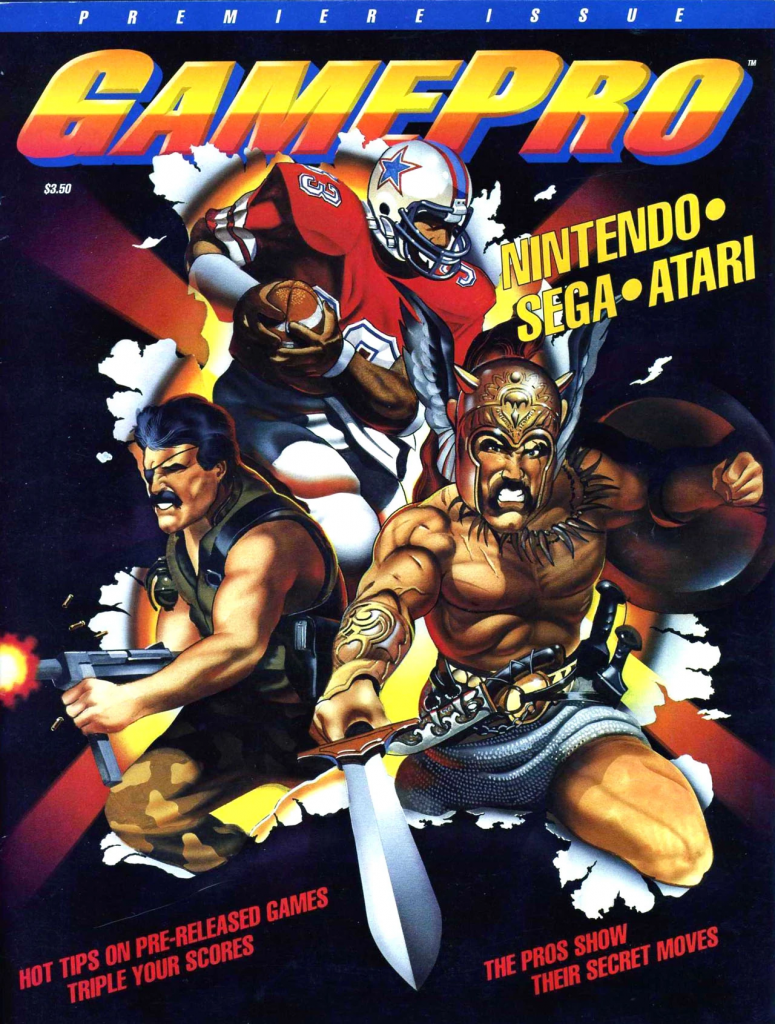
GamePro and Electronic Gaming Monthly Launch
Nintendo Power had been a big success for Nintendo in the US and it was followed by two platform-agnostic publications (though both still mostly focused on consoles): GamePro and Electronic Gaming Monthly (EGM) both launched in 1989. Compared to Nintendo Power, these magazines were less focused on game strategies and more on news and game reviews. GamePro would become somewhat infamous for its ProTips, little bits of advice shown next to game screenshots, typically of dubious value, i.e. “ProTip: Avoid getting hit by this when you fight the boss” or “ProTip: To defeat the Cyberdemon, shoot at it until it dies.” EGM would be more well known for reviews featuring a panel of reviewers with different preferences.
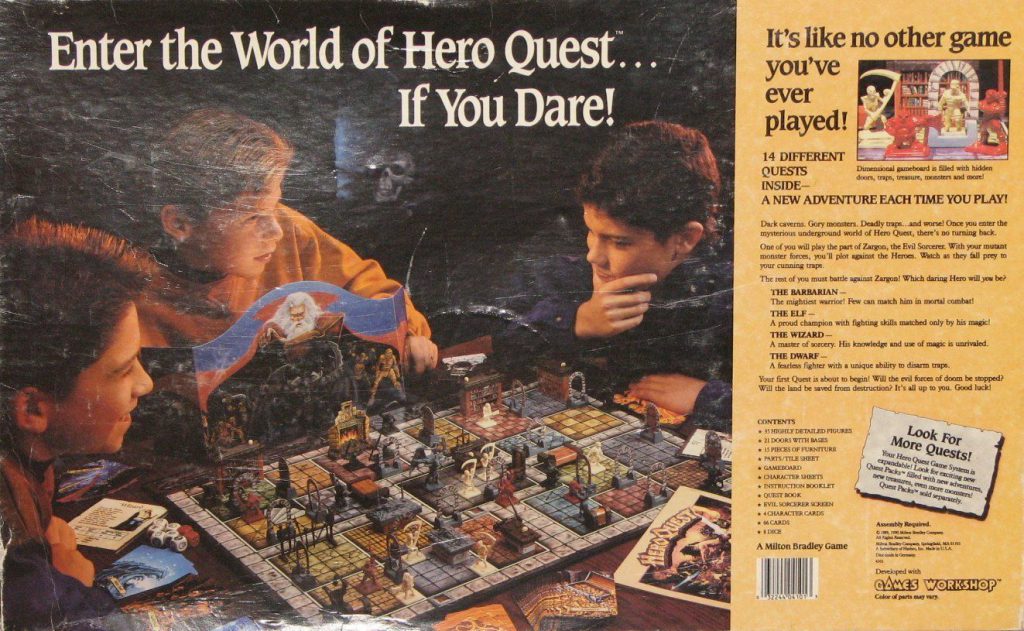
HeroQuest
Milton Bradley partnered with Games Workshop in 1989 to produce the first run of HeroQuest, a dungeon crawling board game based around tabletop RPGs in a fantasy setting. In HeroQuest one player takes on the role of Zargon (basically a DM) while the others take on the role of four heroes – Barbarian, Dwarf, Elf, and Wizard – and attempt to delve into a series of dungeons to thwart Zargon’s plans. Featuring plastic miniatures and furniture from Games Workshop, HeroQuest was a great introduction to the role playing genre for younger players who couldn’t yet tackle D&D, and a great introduction to plastic miniatures for a generation of future Warhammer players.

Shadowrun
FASA published Shadowrun’s first edition in 1989, introducing us to the fantasy-futuristic world of 2050 when magic and magical beings suddenly re-emerged into the world, creating a really sick sci-fi fantasy setting. The game was much lighter, rules-wise, than Dungeons & Dragons, and had a better skill resolution system. Though the system relied entirely on handfuls of D6s, it had a novel 3-dimensional degree-of-difficulty scheme (number of dice rolled, target number on any individual die, and number of successes needed to stage success effects up or down) that made for very interesting dynamics in play. It also popularized the concepts of “exploding dice” and dice pools, heavily using both. That said, Shadowrun was never really about the rules but rather the game’s setting, giving you some really sick visuals to work with.
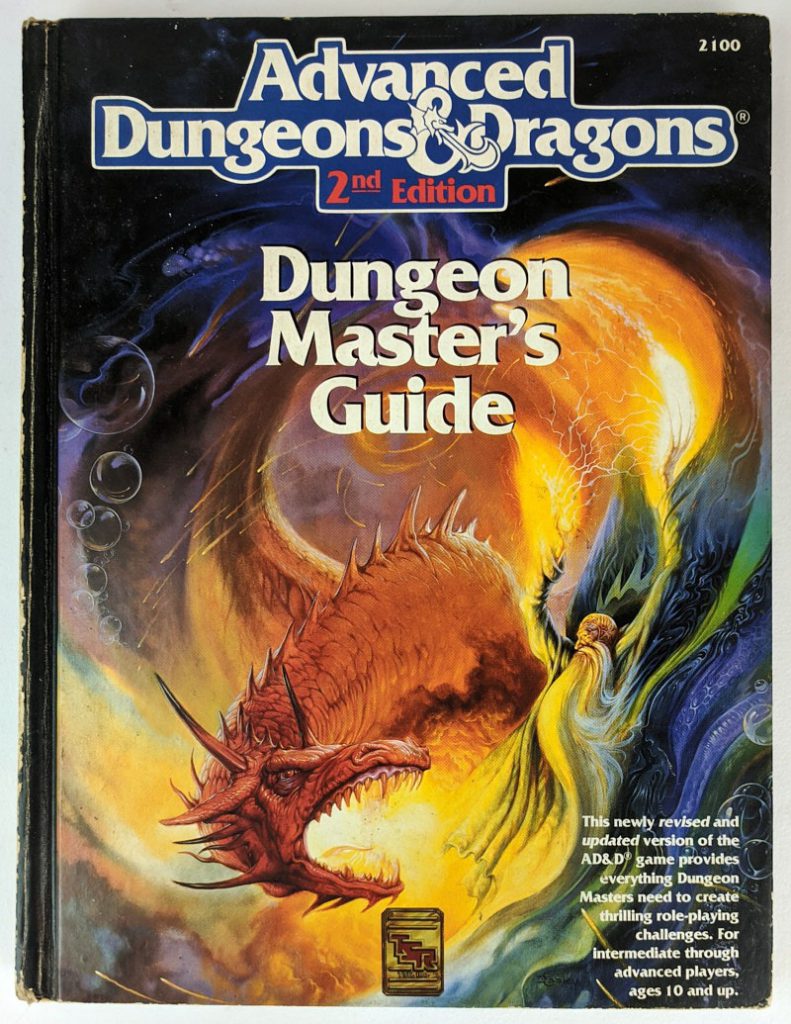
Advanced Dungeons & Dragons, 2nd Edition
Speaking of Dungeons & Dragons, let’s talk about a major milestone in the game’s development and maybe the most important edition of the game. The second edition of Advanced Dungeons & Dragons was published in 1989, primarily set across two books: The Player’s Handbook and The Dungeon Master’s Guide. There was also a series of Monstrous Compendiums, with a Monstrous Manual published in 1993 to collect a bunch of them and give players a single reference for most of the game’s most common monsters and also act as a gallery of Tony DiTerlizzi’s amazing artwork. AD&D 2E streamlined a number of rules and dropped some of the moral ambiguity of the game’s first edition, pushing players to work together and not be such evil dicks. It also introduced THAC0, one of the dumbest rules ever. Still, you can have a lot of fun with AD&D and it retains a number of interesting ideas from first edition which would later be jettisoned in third, such as fighters collecting followers and building fortresses as they gained levels.
The Satanic Panic continued to follow and influence TSR through the Eighties, leading the company to make major changes to the game with AD&D second edition. Specifically, they removed demons and devils from the game’s monster rosters, a number of fiends, and the game’s assassin class. AD&D second edition would focus more on heroic parties working together to overcome evil than the more morally gray parties and adventures in the game’s first edition.
Despite the media controversies the game was a solid hit for TSR but not the massive success of the game’s first edition, though I’ll tell you as a kid at the time it was often really difficult to tell the differences between editions of AD&D materials.
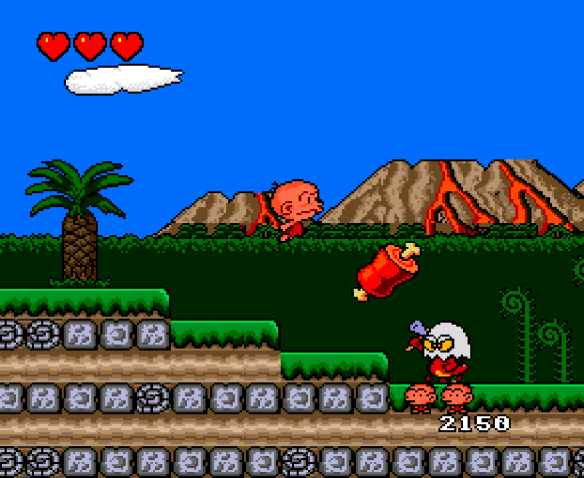
Bonk’s Adventure
Nintendo had Mario, Sega would eventually have Sonic, and the Turbografx-16 had Bonk. Bonk’s Adventure was a side-scrolling action platformer released for the PC Engine late in 1989 and would essentially give the console its primary colorful mascot. In Bonk’s Adventure, players take on the role of Bonk, an adorable cave boy with a particularly hard head, and jump and headbutt their way through prehistoric times. Although not quite on the level of Sonic the Hedgehog or Super Mario Bros. 3, Bonk is a fun, colorful, imaginative game that hints at a quality franchise.

Teenage Mutant Ninja Turtles the Arcade Game
Up there with X-Men as one of the best arcade games ever made, Konami’s TMNT released as Turtlemania was reaching a fever pitch in the United States. The game’s large, colorful sprites looked amazing and the game effortlessly captured the look and feel of the Turtles’ Saturday morning cartoon series. The game released with a four-player cabinet, which was the perfect size for the turtle team, meaning you and three friends could mash quarters into the machine while getting completely shithoused by Shredder at the bowling alley.
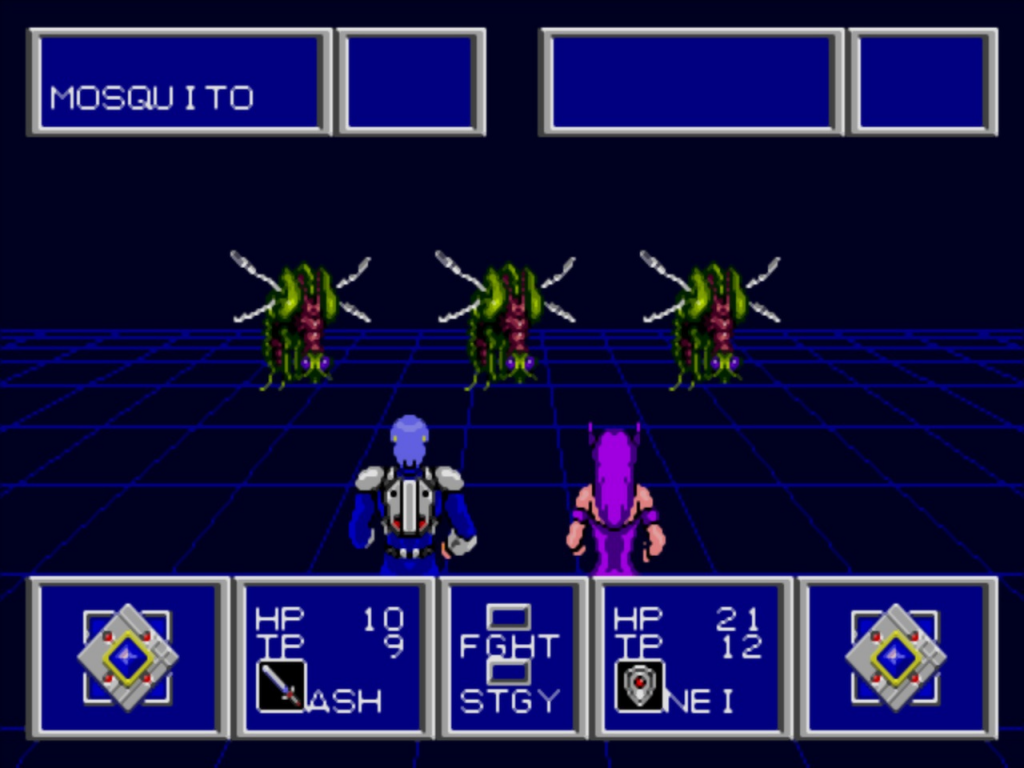
Phantasy Star II
Sega dropped the sequel to its hit Master System RPG in March, 1989 and when it was released it was the biggest console game ever made, clocking in at 6 megabits (0.75 megabytes). The sci-fi RPG takes place roughly a thousand years after the first game and sees players take a team of adventurers on a quest to determine why the computer protecting their planet has stopped working. Phantasy Star II was the first RPG on the Mega Drive/Genesis and hit the US before Final Fantasy did. The gameplay experience also improved substantially from the first title, dropping the pseudo-3d dungeon exploration in favor of the top-down view which had become popular for RPGs and adding character sprites to combat. The game’s story is pretty damn good, and has a number of twists which were pretty shocking at the time. Phantasy Star II still rates high on a lot of best-of lists, but it’d be outdone mechanically by its sequels.
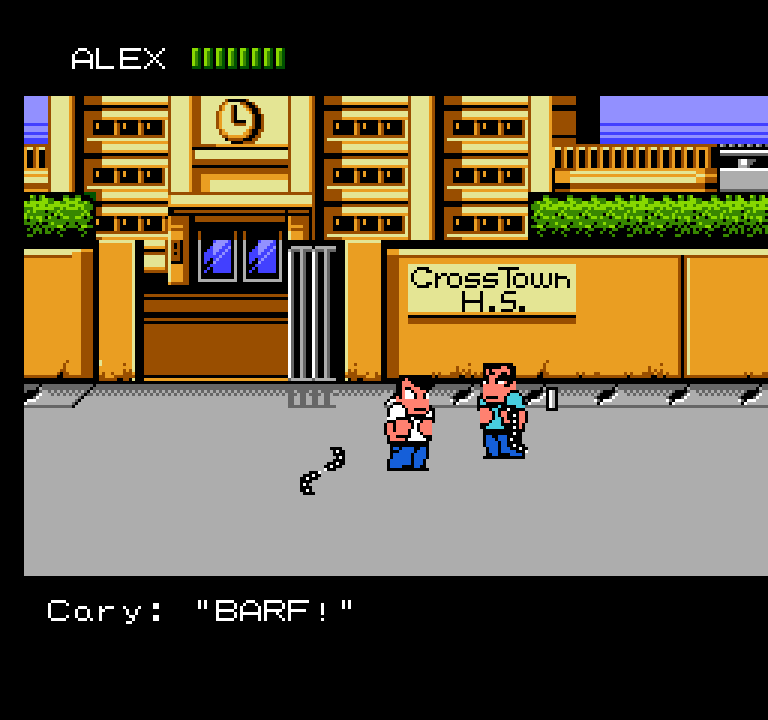
River City Ransom
Released worldwide in 1989, Technos’s River City Ransom is quite simply the most charming side-scrolling beat-em-up game ever made. Players can take the roles of Alex and Ryan (I’m not looking up their Japanese names) as they fight their way across the city and through its numerous gangs of high schoolers in order to save their girlfriends from the evil Simon. The game combines RPG elements with hilarious sprites and animations to make for one of the most fun co-op experiences of its console generation.
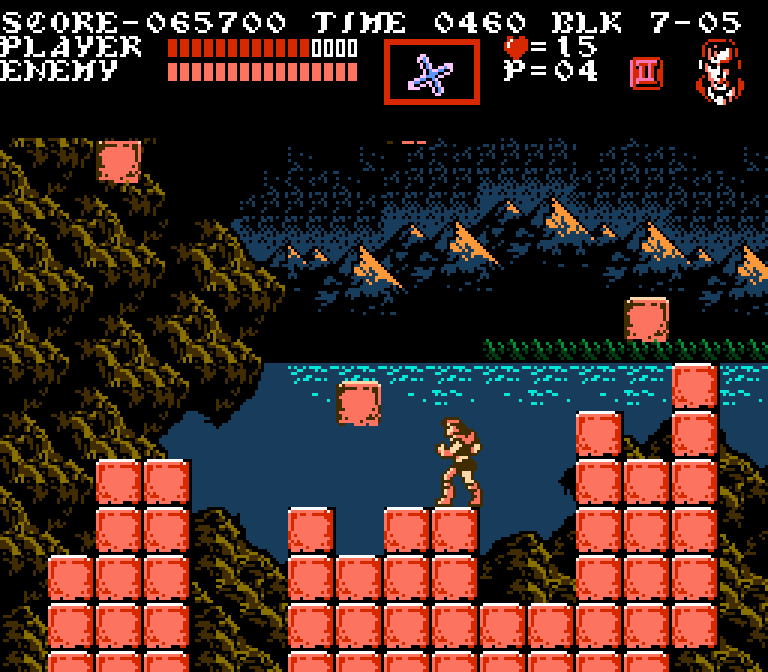
Castlevania III: Dracula’s Curse
Two years after Simon’s Quest, Konami would return to the classic Castlevania format, perfecting it with Castlevania III. Players take on the role of Simon’s ancestor, Trevor Belmont, as he travels through the countryside along branching paths to Dracula’s castle to confront the lord of vampires. Along the way he can recruit one of three companions – Grant the pirate, who has largely been forgotten by the franchise, Sypha the wizard, and Alucard, Dracula’s very pretty son. Castlevania III is very difficult, but it’s a masterpiece and one of the most technically impressive games released on the NES. The Famicom version in particular features an extra sound chip which gives the game’s already impressive soundtrack an even better, fuller sound.
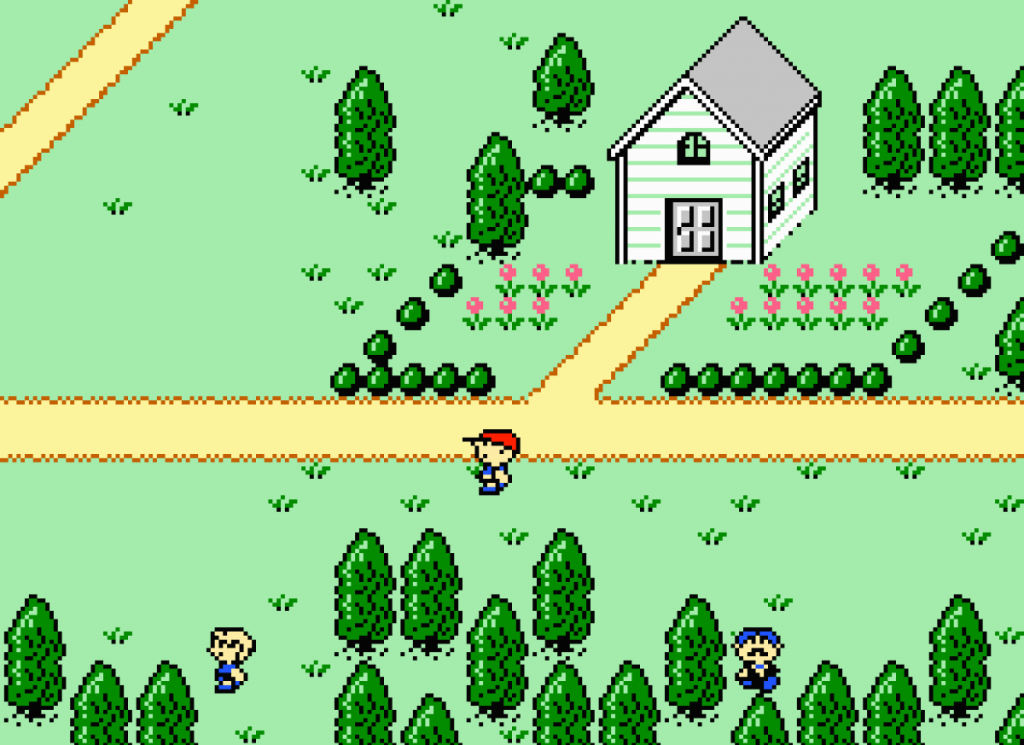
Mother
Nintendo finally made a proper foray into the RPG genre with the release of Shigetsato Itoi’s Mother in 1989, a Dragon Quest-like RPG set in a fantasy version of modern-day America and the predecessor to the game US players would come to love (and not buy) as Earthbound. Players take on the role of a psychic child named Ninten as he embarks on a quest to save the world from an evil alien named Gigue with the help of some weird friends he finds along the way. The game is a little too difficult to be an all-timer but it’s wonderfully quirky and sets the stage well for its sequel.

Fantasy World Dizzy
A game which will be very familiar to European readers and almost completely unknown to the US crew, Fantasy World Dizzy released for a number of home computer platforms in 1989. Fantasy World Dizzy was the third title in the Dizzy adventure game series and introduced a lot of elements which would become standards moving forward, such as an inventory system players wouldn’t hate and having multiple lives to work with. This third game features Dizzy exploring a fantasy world and castle; it’s a solid adventure platformer with a good balance of platforming and puzzle solving, with puzzles that aren’t as insane as the ones you’d find in Sierra’s games.
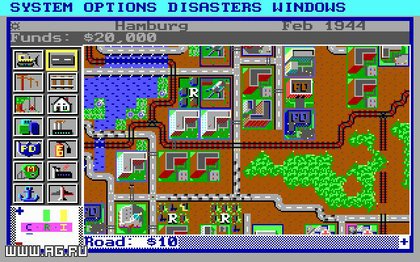
SimCity
Will Wright’s SimCity is an open-ended city building simulation game which was first released in 1989 for home computer platforms. Players take the role of a fictional mayor/overlord, building a city, developing its infrastructure and buildings to help it grow in size and scope. Then you’ll call in a disaster like a monster attack or an earthquake to fuck it all up. Then you’ll build it all up again and ignore your cabinet telling you that you’ll regret cutting back on their funding.
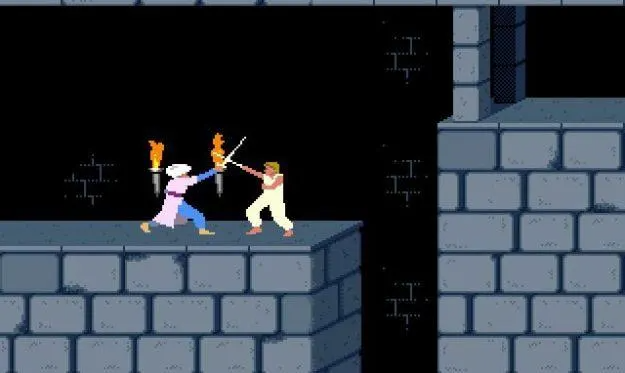
Prince of Persia
First released for the Apple II in late 1989, Prince of Persia is a 2d action platformer in which you play a guy (you weren’t the prince in the first game) trying to work his way up through the palace dungeons and into the palace to stop the evil vizier. Along the way you’ll dodge traps and swordfight soldiers in a game with wonderful rotoscoped animation. It was an instant classic when it was released and it’s still fun to play now.
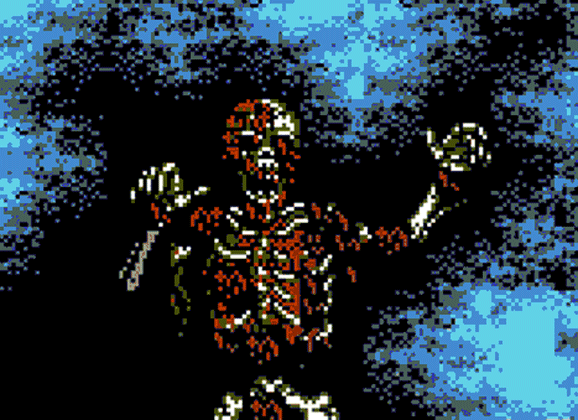
Sweet Home
This is a deep pull, an obscure horror RPG which never made it out of Japan. It’s not particularly amazing for its gameplay as a top-down RPG, but it’s notable for being a horror game and being legitimately scary in parts. Like a cross between Dragon Quest, Maniac Mansion, and Splatterhouse. The game would go on to inspire one of the most important franchises in gaming: Biohazard – or in the United States, Resident Evil.

Final Fight
Capcom released its original Final Fight arcade game in November 1989. The title began development as a sequel to Street Fighter but shifted during development, becoming a side-scrolling beat ‘em up. Final Fight revolutionized the side-scrolling beat ‘em up genre, and was notable for its large, colorful sprites and memorable bosses, as well as the complexity of character moves. The game basically set the bar for all beat ‘em ups moving forward. Those early ties to the Street Fighter franchise would remain however, and nearly all of Final Fight’s cast would eventually make its way into the series at some point or another.

Tecmo Bowl (NES)
Two years after its arcade debut, Tecmo Bowl would show up on the NES sporting new rosters, more teams, and Bo Jackson. It’s still considered a classic and sickos still play it today with modern rosters.
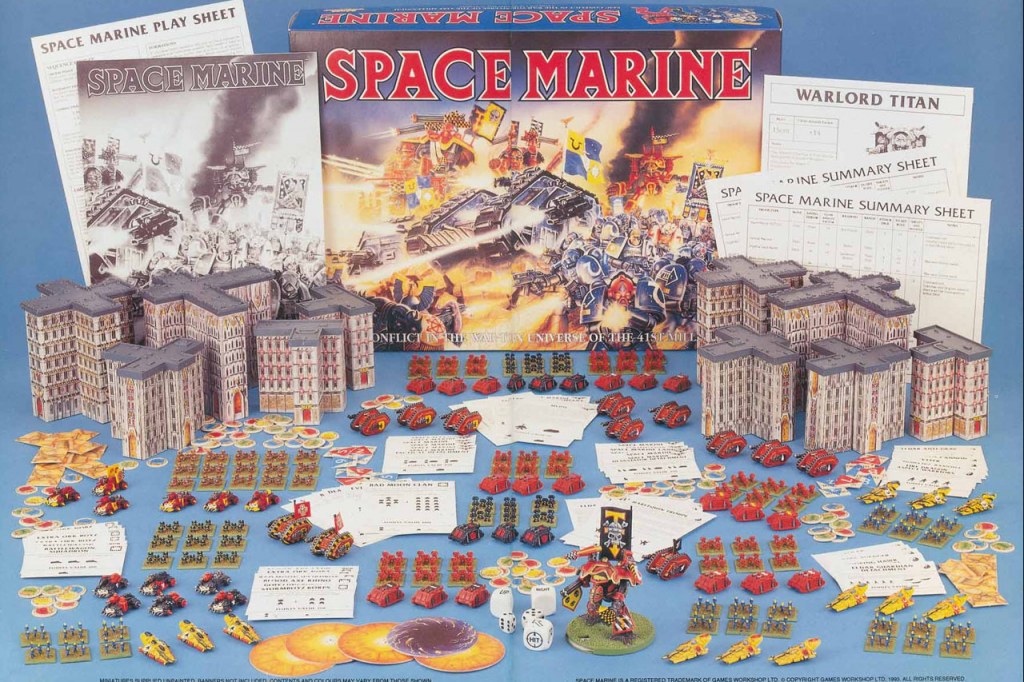
Adeptus Titanicus and Space Marine
Games Workshop needed a reason for space marines to fight each other and so the Horus Heresy and epic scale gaming were born. The Space Marine boxed set in particular was an incredible deal if you wanted to get in on all the massive warfare, fighting in battles which would involve titans, thousands of troops, and dozens of tanks.
Why It Was the Best Year in Gaming
1989 was a year when game developers, having been hard at work for more than a year with 8-bit and 16-bit hardware, were moving on to their second releases and churning out hit after hit. This list could have easily been twice as long, covering a number of other smaller but still very strong releases such as Microsoft Flight Simulator 4.0, Golden Axe, Strider, Final Fight, Clash at Demonhead, Batman: the Video Game, Ducktales, Final Fantasy Legend, U.N. Squadron, and Taboo and Cafe International on the board game side. While none of the big releases of 1989 are as individually as good as say, Super Mario Bros. 3, the list of games has much more breadth and constitutes a much deeper roster overall, covering a larger variety of genres.
1989 was also massively influential on the tabletop side of things, whether you wanted to dip your toes into adventuring with HeroQuest, take the advanced course with AD&D 2.0, or skip the swords and sorcery for something more futuristic with Shadowrun. With HeroQuest, Games Workshop kicked off their golden era, and they’d continue to expand their games with releases like the Imperial Guard and Terminators in Warhammer 40k, Adeptus Titanicus and Space Marine as a new game, Goblins in Blood Bowl, and their Space Hulk board game. It was a monster year for the company, kicking off a period of massive growth for them heading into the nineties.
Whether you’re into video games or tabletop games, there’s a good chance you’d find something to love from 1989.
This article is part of a larger series on the best year in gaming. For more years, click this link. Have any questions or feedback? Drop us a note in the comments below or email us at contact@goonhammer.com.
